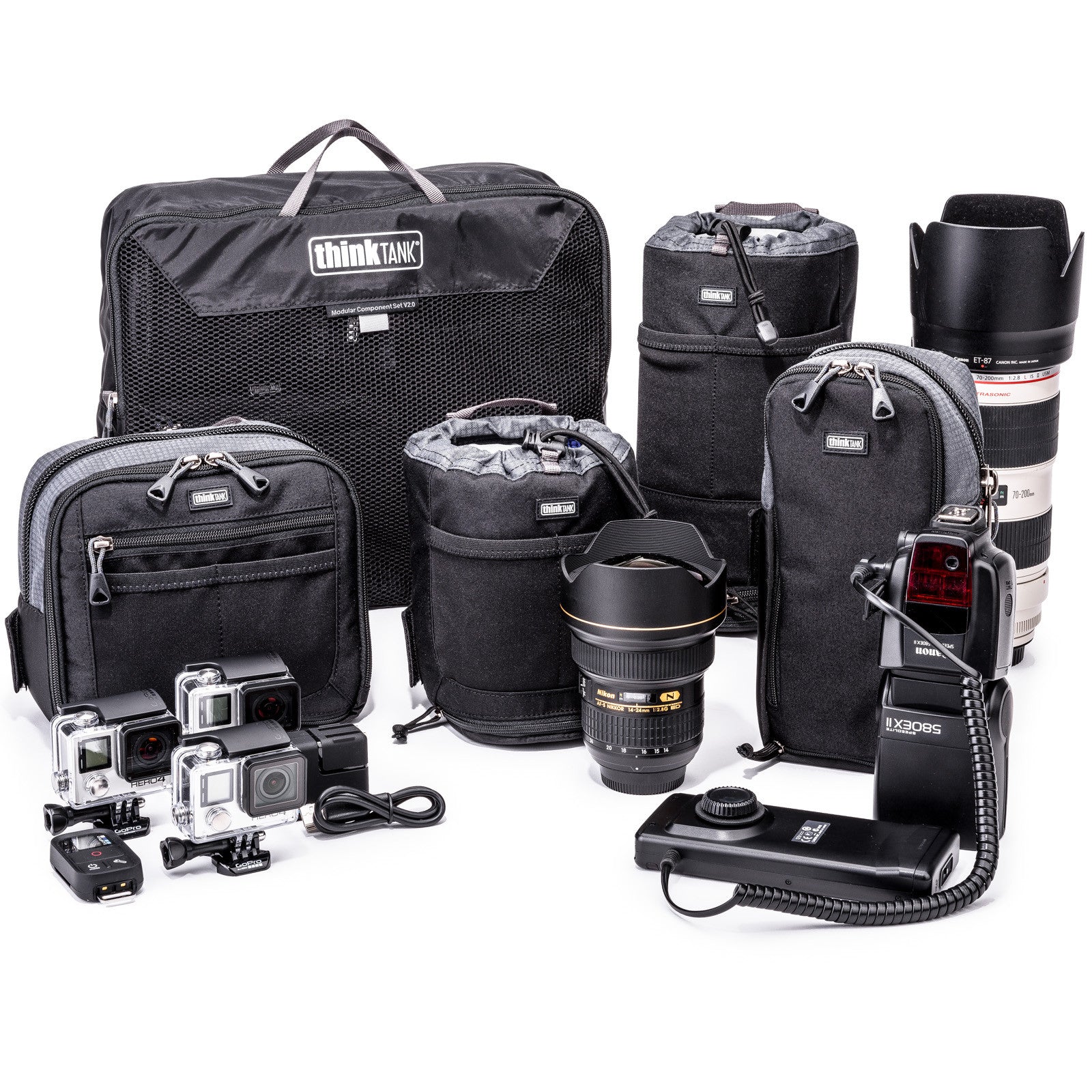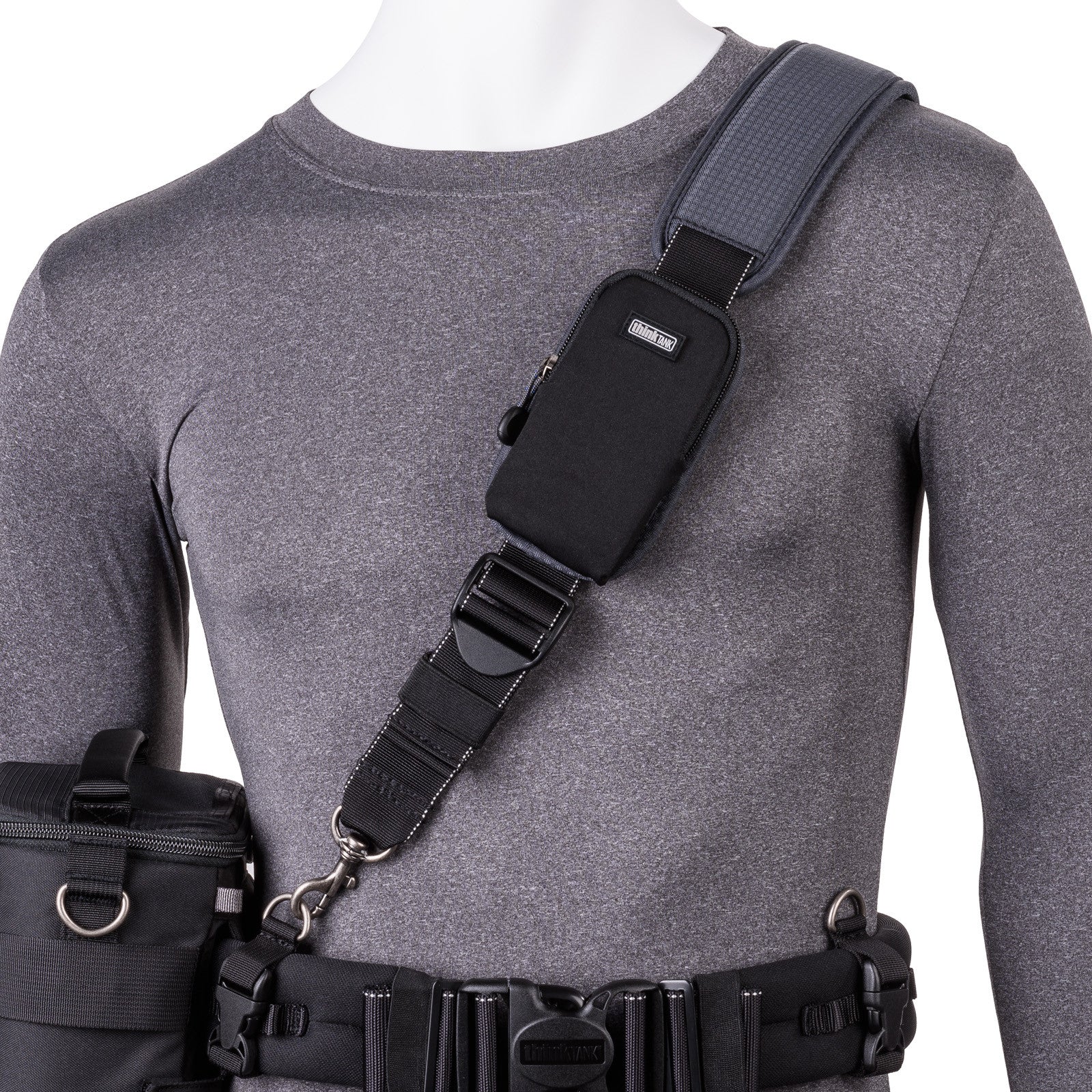I’m researching for a future blog article, so tonight I put a minor update on an old 2008 article that I think many of my current readers might enjoy. The cameras have changed, but the concepts and improvement percentages remain roughly the same.
If you have kids, then you will most likely find yourself shooting sports. For most of us it will be soccer or basketball, which means a lot of fast-paced action. This also means a lot of pictures are taken, so it isn't long before your camera is bogged down trying to write photos to your compact-flash or SD card.
The RAW versus JPEG dilemma
Unless you've been living in a cave, you've heard numerous arguments about the advantages of RAW over JPEG and near religious debates as to why to use one over the other. The purpose of this article isn't to rehash that debate.
RAW is a technically superior file format because you capture everything your sensor sees which gives you creative freedom later to alter things like white balance and exposure drastically to create results not possible with JPEG. It also is only lightly compressed in a lossless format (on Canon, Nikon has compression options), which means no pixels are lost during saving. The downside to RAW files are that they are large and must be converted to another format before they can be made useful. RAW is my preferred format for my digital workflow. Back when I wrote this article originally, my Canon 1D Mark III saved CR2 images that were 3888 x 2592 pixels which are about 14+ MB each on average.
JPEG is great because it does compress the image which makes the file smaller. Smaller files mean faster burst mode performance and more files on your CF/SD card, hard drive, etc... Its major disadvantage is that you must recompress the image on every save, so you lose data with each save. How much you lose depends on the compression level, but it happens with all saves. In addition, you are limited in what you can do with exposure and white balance changes after the fact, so it is more important to get these things right in-camera for the best results (and most of us fail to do that until we become very good).
Another feature of JPEG is that the camera color space and built-in enhancements (i.e., saturation, sharpening, etc...) are applied to the image prior to saving, so the out of camera result will typically look more vivid and sharp compared to the unedited RAW. This advantage can be a disadvantage if the default processing isn't what you wanted. The default processing is determined by your camera picture style (also called picture controls on Nikon), and some of these can be more saturated or sharpened than you might want for a given picture. Removing these edits can be very challenging, and impossible for beginners.
Some film photographers and photojournalists prefer the JPEG format because argue that if you get the results right in-camera, then you'll be fine. What's more, you'll have a shot that is immediately usable out of the camera (unlike RAW which always requires some degree of post-processing). On my old Canon 1D Mark III camera, I used the JPEG L (for large) setting and I've changed the camera default compression level of 9 to 10 to use the minimal amount of JPEG compression on my photos when I chose this format. This results in a 3888 x 2592 pixel images are about 4.8 MB each on average. That’s a significant size difference over the RAW’s!
Enough gibberish, what does this mean to me?
What does all of this mean? If I'm shooting the kids at soccer with a typical camera (at the time this was written that was a 50D or D300) and I chose to shoot RAW format, then I'm going to find myself waiting on my camera to write photos to the CF card after roughly 15 - 20 images taken in 3 to 6 frame bursts. If I shoot with JPEG, then I can generally keep pace with the action with a 6+ frame burst and 60+ images before my buffer fills.* However, there's a gotcha in that it will come with a loss of what I can do after the fact to save a picture. In sports, getting perfect in-camera results is very difficult, so RAW is very helpful for this reason. A good example of this is a shade covered soccer field where you get bright sun and dark spots on the field as shown in the following photo:
In RAW you could expose both sections of this shot differently using Lightroom (or Adobe Camera RAW) and create a perfectly exposed shot. In JPEG, this is what you live with, so the over exposed face (a.k.a, white clipping) on the boy's face with the blue jersey can't be corrected.
* = It should be noted that camera buffers have gotten larger, so many current models (i.e., T5i, 5D Mark III, 6D, D600, D7100, etc…) can typically exceed 100 JPEG or more before the buffer fills. For RAW files it varies on the camera but it’s getting more common to see over 20 RAW images before the buffer fills.
A Solution - sRAW
In Canon DSLR's dating back to 2007 a new RAW format was introduced in the 40D to provide another possible solution to this problem. Canon called it the small RAW format (sRAW). sRaw on my 1D Mark III was 1936 x 1288 pixels and saved in the same CR2 format as the large images. The difference is that since there are less pixels of information, the file size is only 7.7 MB on average. While this is larger (almost twice as large) than JPEG, it is still half the size of a traditional RAW. This means that you can capture more images and write them to your CF card faster. While I wouldn't want a small image like this for my motorsports work, it makes perfect sense for my kids sports photos because how often do I ever make prints larger than a typical 4x6? In fact, even with typical cropping, I've found I can do prints as large as 11x14 without any problems using the sRAW format.
Even works for the big boys too
I currently shoot with the Canon 1D X, and even though it is a sports camera I my buffer eventually fills which can leave me struggling to keep up with the fast paced action in RAW. In fact, years ago it was my daughter's soccer game that forced me to give this format a shot when the weather conditions made JPEG too much of a risk. While some shooters might just stick with JPEG and shoot a higher ISO, I felt that keeping giving myself some wiggle room with RAW later made the most sense. Given the fact this was just a kids soccer game, I thought I'd give it a try and I was very happy with the results. All of the girls soccer photos in this article were taken with the 1D Mark III using sRAW and that was perfect for these shots as most have stayed on the hard drive and only a few were printed as 4x6” prints.
Conclusion
Canon has expand its system to add medium RAW’s, and Nikon allows different bit depths and compression methods to reduce its raw file size. To my knowledge Nikon still has no sRAW or mRAW equivalent. Camera buffers have gotten bigger, but megapixels have also increased. As a result, the problems of 2008 still exist today so using a smaller raw format is a great way to balance performance with quality for things like kids sports.
Other articles you may enjoy
If you enjoyed this article, you may also enjoy these reviews and articles:
- Black Rapid RS-7 & RS-Sport
- Canon 5D Mark III
- Canon 70-300mm f/4-5.6L IS vs 70-300 f/4.5-5.6 DO
- Nikon D7100
- How do I get my kid to look at the darn camera?
- Printing Series
- Which books should I read?
- Which camera should I buy?
Disclosure
If you make a purchase using links found in this article, I may make a commission. It doesn’t cost you a penny more, but it does help to support future articles like this.

 Think Tank Photo Modular Component Set v2.0
Think Tank Photo Modular Component Set v2.0